#bengal fox
Text


Started a new project where I sketch headshots for a bunch of different species to help study animal physiology and facial shapes / features! Foxes are first, specifically vulpes!
#fox#vulpes#bengal fox#blanford’s fox#cape fox#corsac fox#tibetan sand fox#arctic fox#kit fox#pale fox#rüppell’s fox#swift fox#red fox#fennec fox#animal#vex art#headshot project
155 notes
·
View notes
Text
Vulpes Bengalensis
Bengal foxes, also known as Indian foxes, are found primarily in India with parts of their range extending into Pakistan, Nepal, and Bangladesh. Although they are the most widespread fox species in India, very little research has been done on them.

The population of the bengal fox is classified as least concern, meaning they are not facing extinction, but their population is decreasing due to habitat loss and disease. Bengal foxes are very bold and are fine living close to people, so habitat loss doesn’t affect them as severely as it affects animals like Bengal tigers.
Bengal foxes are omnivores. Their diets consist mostly of small rodents, birds, reptiles, and fruit, particularly mango. Foxes that live near people will gladly eat human food as well.
Because they are so bold around people, these foxes are supposedly quite docile.

Based on very small amounts of research, it seems that Bengal foxes form pairs that stay together for many years. They also show strong den fidelity, which means that once they find a nice den they will return to that den year after year. They usually have 2-4 kits which are born in this den.

I rate this fox 12/10. Very pretty with an amazing fluffy tail. They deserve more attention from researchers.
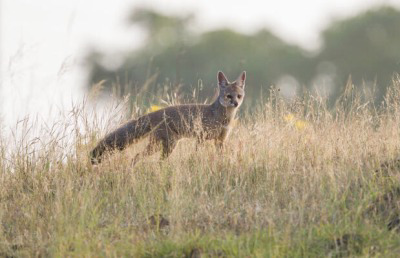
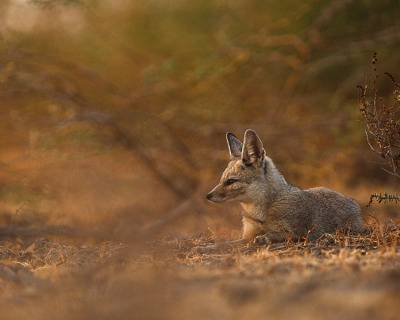
Photo credits:
(1) Samyak Kaninde (samyakphoto on Instagram) (2) Neelutpaul Barua (3) Sandesh Kadur (4) Samyak Kaninde (samyakphoto on Instagram) (5) Rohit Varma
#Bengal fox#Indian fox#India#Bengal#animals#biology#nature#science#wildlife#zoology#animal#dog#dogs#wild#fox#foxes#Bengal foxes
377 notes
·
View notes
Text


Some little lighting tests with art of Orange (my boy). Backgrounds are HARD.
#gnot me#gnot art#fursona#furry#anthro#goth#emo#alternative#artwork#artists of tumblr#furries of tumblr#fox#bengal fox#furry fandom#piercing#bicolour#bisexual#trans#fluffy#white fur#lighting#colour#colour test#art test
11 notes
·
View notes
Text
Vulpes Bengalensis
Bengal foxes, also known as Indian foxes, are found primarily in India with parts of their range extending into Pakistan, Nepal, and Bangladesh. Although they are the most widespread fox species in India, very little research has been done on them.

The population of the bengal fox is classified as least concern, meaning they are not facing extinction, but their population is decreasing due to habitat loss and disease. Bengal foxes are very bold and are fine living close to people, so habitat loss doesn’t affect them as severely as it affects animals like Bengal tigers.
Bengal foxes are omnivores. Their diets consist mostly of small rodents, birds, reptiles, and fruit, particularly mango. Foxes that live near people will gladly eat human food as well.
Because they are so bold around people, Bengal foxes are supposedly quite docile.

Based on very small amounts of research, it seems that Bengal foxes form pairs that stay together for many years. They also show strong den fidelity, which means that once they find a nice den they will return to that den year after year. They usually have 2-4 kits which are born in this den.
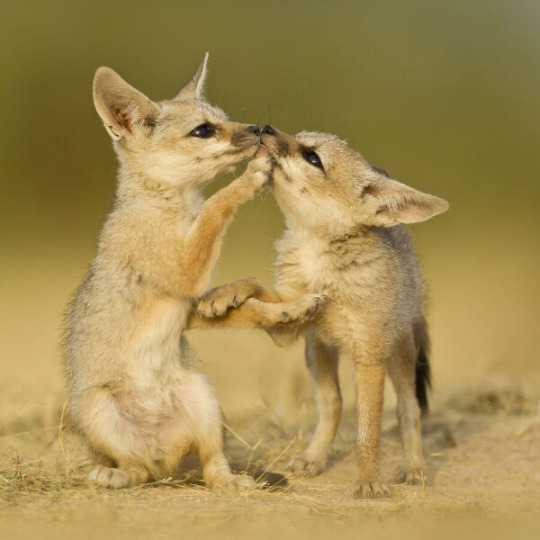
I rate this fox 12/10. Very pretty with an amazing fluffy tail. They deserve more attention from researchers.
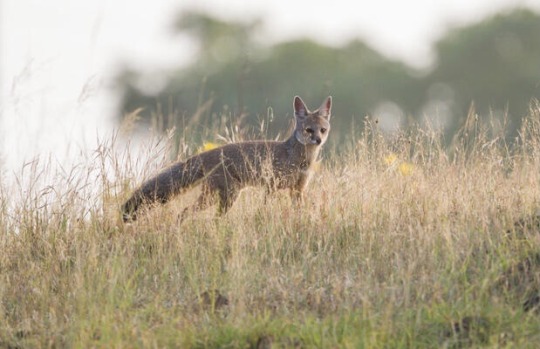

Photo Credits:
(1) Samyak Kaninde (samyakphoto on Instagram) (2) Neelutpaul Barua (3) Sandesh Kadur (4) Samyak Kaninde (samyakphoto on Instagram) (5) Rohit Varma
#bengal fox#Indian fox#fox#animal#animals#nature#wildlife#world#wild animals#canine#canid#dog#foxes#India#Asian animals
189 notes
·
View notes
Text



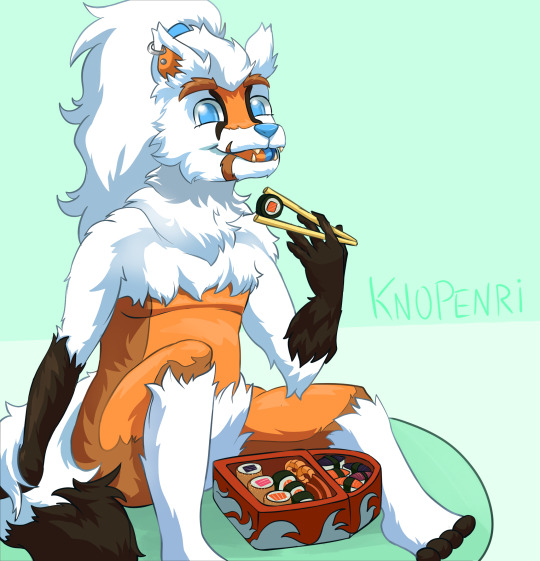
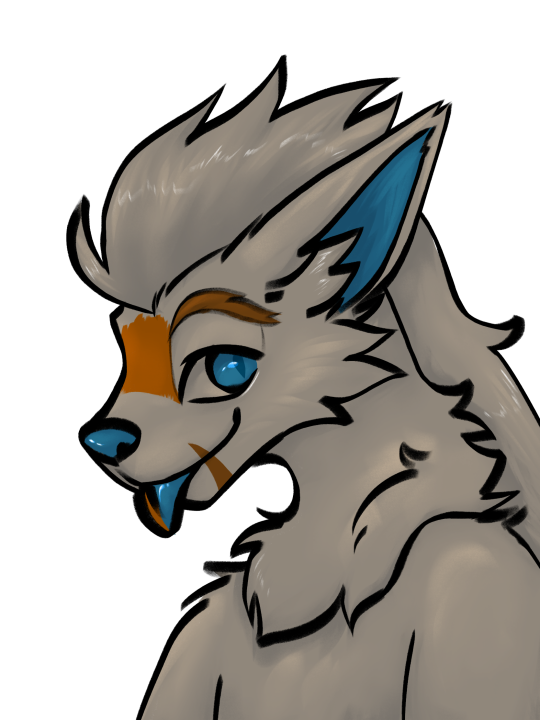


Posting to my main cus!! More followers. Thank you to everybody who attacked me on Art Fight this year, here are all the attacks that were done on my fursona, Abstract Orange. He looks great!
Pretty much all of these were revenges (some following from last year), and you can find all the attacks I did over on my blog @gnot-art
Credits:
1st line
@mochigrave / CloverSaint (FA)
2nd line
okaylifeisok (IG)
3rd line
Knopenri (FA) / Ahhsoka (DA) / MysticBlueFoxy (IG)
4th line
@blysoda
#art fight#featured art#fursona#bengal fox#my sona#gnot me#artists of tumblr#animation#sushi#art fight 2023#af23#art fight 23#team werewolves#fox#orange#cute#sona#furry#furry fandom
6 notes
·
View notes
Text

Bengal fox mother and cub (Vulpes bengalensis)
Bhigwan, Maharashtra, India
Photo © Vishal Vilas Lokare
3 notes
·
View notes
Text
Species: Foxes (Vulpes)
This series focuses on helping people choose interesting species for their fursona through informing them of the many, often overlooked, species out there! This post is about foxes.
──── ◉ ────
Bengal Fox (Vulpes bengalensis)

Size: 46cm (18in) lenght, 25cm (10in) tail lenght, 2.3-4.1kg (5-9lbs) weight
Diet: omnivorous, preys on invertebrates, small mammals, birds, reptiles; eats fruit
Habitat: scrublands, deciduous forests, grasslands
Range:

Status: least concern
──── ◉ ────
Blansford's Fox (Vulpes cana)

Size: 38-80cm (15-31in) lenght, 33-41cm (13-16in) tail lenght, 0.8kg (1.7lbs) weight
Diet: omnivorous, preys on invertebrates; eats capers, fruit
Habitat: mountainous deserts
Range:

Status: least concern
──── ◉ ────
Cape Fox (Vulpes chama)

Size: 30-35cm (12-14in) height (at shoulder), 45-60cm (17.5-24.5in) lenght, 30-40cm (12-15.5in) tail lenght, 2.5-4.5kg (5.5-9.9lbs) weight
Diet: omnivorous, preys on small mammals, invertebrates, birds, reptiles; eats carrion, fruit, tubers
Habitat: savannahs, dry grasslands
Range:

Status: least concern
──── ◉ ────
Corsac Fox (Vulpes corsac)
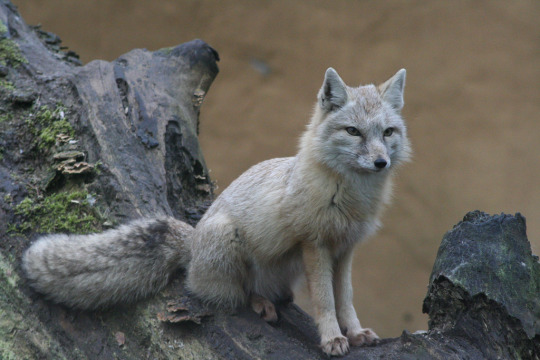
Size: 45-65cm (18-26in) lenght, 19-35cm (7.5-13.8in) tail lenght, 1.6-3.2kg (3.5-7.1lbs) weight
Diet: mostly carnivorous, eats small mammals, invertebrates; eats carrion
Habitat: steppes, semideserts
Range:

Status: least concern
Please note! The corsac fox has 3 subspecies!
──── ◉ ────
Tibetan Fox (Vulpes ferrilata)

Size: 60-70cm (24-28in) lenght, 29-40cm (11-16in) tail lenght, 4-5.5kg (8.8-12.1lbs) weight
Diet: carnivorous, preys on small mammals, reptiles; eats carrion
Habitat: semi-arid and arid grasslands
Range:

Status: least concern
──── ◉ ────
Arctic Fox (Vulpes lagopus)
Winter coat

Summer coat

Size: 25-30cm (9.8-11.8in) height (at shoulder), 41-68cm (16-27in) lenght, 30cm (12in) tail lenght, 1.4-9.4kg (3.1-20.7lbs) weight
Diet: omnivorous, preys on small mammals, fish, birds, invertebrates; eats carrion, berries, seaweed
Habitat: tundra, drift ice, boreal forests
Range:

Status: least concern
Please note! The arctic fox has 5 subspecies!
──── ◉ ────
Kit Fox (Vulpes macrotis)
The kit fox has 2 subspecies:
Vulpes macrotis macrotis

San Joaquin Kit Fox (Vulpes macrotis mutica)

Size: 45-53cm (17.9-21.1in) lenght, 26-32cm (10.2-12.7in) tail lenght, 1.6-2.7kg (3.5-6lbs) weight
Diet: mostly carnivorous, preys on small mammals, reptiles, invertebrates, fish; eats carrion
Habitat: desert scrubs, shrublands, grasslands
Range:
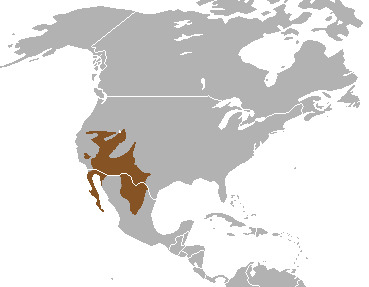
Status: least concern (V. m. macrotis), endangered (V. m. mutica)
──── ◉ ────
Pale Fox (Vulpes pallida)
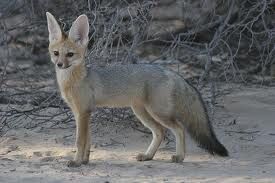
Size: 38-55cm (14.9-21.6in) lenght, 23-29cm (9-11.4in) tail lenght, 2-3.6kg (4.4-7.9lbs) weight
Diet: omnivorous, preys on rodents, reptiles, invertebrates; eats berries, other plants
Habitat: semideserts, savannahs
Range:

Status: least concern
Please note! The pale fox has 5 subspecies!
──── ◉ ────
Rüppell's Fox (Vulpes rueppellii)
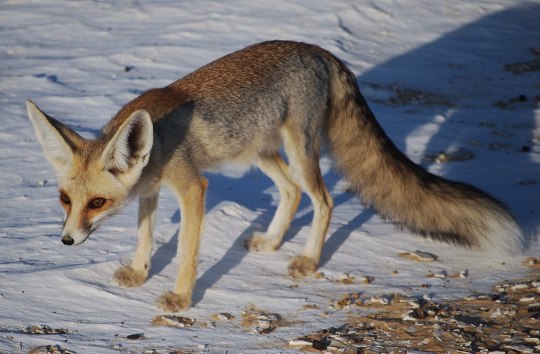
Size: 66-74cm (26-29in) lenght including 27-30cm (11-12in) tail lenght, 1.7kg (3.7lbs) weight
Diet: omnivorous, preys on small mammals, invertebrates, reptiles, birds; eats fruit, succulents
Habitat: sandy and rocky deserts, semiarid steppes, scrublands
Range:

Status: least concern
Please note! The rüppell's fox may have 5 subspecies (it is debated)!
──── ◉ ────
Swift Fox (Vulpes velox)

Size: 30cm (12in) height (at shoulder), 79cm (31in) lenght including tail
Diet: omnivorous, preys on small mammals, invertebrates; eats carrion, fruit, grasses
Habitat: prairies, deserts, grasslands
Range:

Status: least concern
──── ◉ ────
Red Fox (Vulpes vulpes)
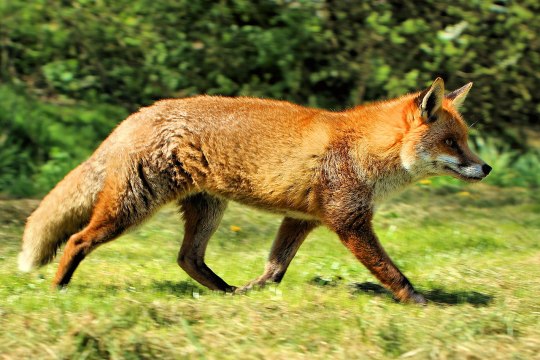
Size: 35-50cm (14-20in) height (at shoulder), 45-90cm (18-35in) lenght, 30-55.5cm (11.8-21.9in) tail lenght, 2.2-14kg (5-31lbs) weight
Diet: omnivorous, varied; preys on small mammals, birds, reptiles, invertebrates; eats carrion, berries, fruit, other plant material
Habitat: Literally Everywhere My God™
Range (green native, blue introduced, orange uncertain):
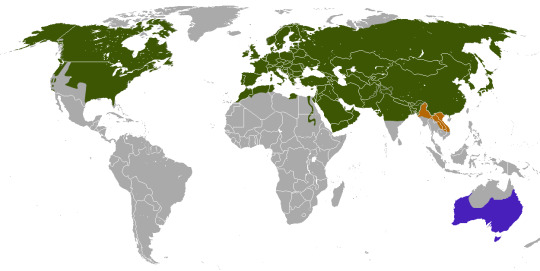
Status: least concern
Please note! The red fox has 45 subspecies!
Of which I would like to highlight:
Labrador Fox (Vulpes vulpes bangsi)

Arabian Red Fox (Vulpes vulpes arabica)

Kodiak Fox (Vulpes vulpes harrimani)
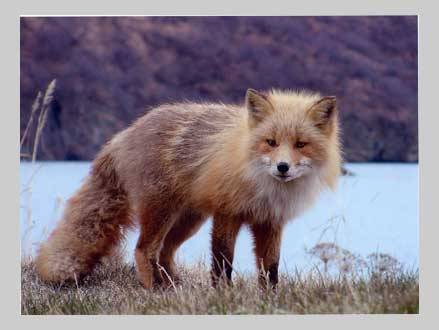
American Red Fox (Vulpes vulpes fulva)
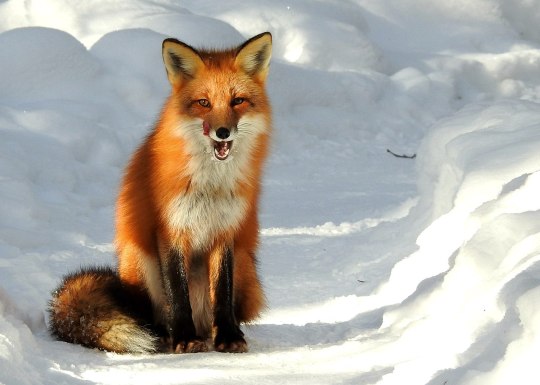
Please also note, there is color variation among red foxes regardless of subspecies
──── ◉ ────
Fennec Fox (Vulpes zerda)

Size: 34.5-39.5cm (13.6-15.6in) lenght, 23-25cm (9.1-9.8in) tail lenght, 1-1.9kg (2.2-4.2lbs) weight
Diet: omnivorous, preys on small rodents, reptiles, invertebrates; eats fruit, tubers
Habitat: deserts
Range:

Status: least concern
──── ◉ ────
#fursona resources#species#furry#fursona#fox#foxes#mammals#canidae#canines#vulpes#bengal fox#blansford's fox#cape fox#corsac fox#tibetan fox#arctic fox#kit fox#pale fox#rüppell's fox#swift fox#red fox#fennec fox
5 notes
·
View notes
Text

Firestar

#firepaw#fireheart#firestar#thunderclan#warrior cats#wc#warriors designs#warrior cats designs#hes the updated fire man design#even more complicated probably#fox trap scar thats kinda a star collar#idk man#i like this one more but i am also just very biased towards darker designs#genetically he is black#warm charcoal bengal dont know the actual name for that but ya kno#fuck if i know how but he now reminds me of a puffin???#also very slight height upgrade#man grew like an inch good for him good for him
197 notes
·
View notes
Text



Spider-Woman #1 by Steve Foxe and Carola Borelli. Variant covers by (1) Felipe Massafera and (2) Bengal. Main cover (3) by Leinil Francis Yu. Out in November.
"GANG WAR: FIRST STRIKE!
The Web of Destiny restored Spider-Woman’s life, but even CAPTAIN MARVEL and MADAME WEB can tell something’s changed. Now SPIDER-MAN wants to recruit her for a new team because VIPER has engineered a deadly union between HYDRA and DIAMONDBACK that’s about to tear the city apart, bringing forth a new foe powerful enough to destroy the city while burning Spider-Woman’s world to the ground.
DON’T MISS OUT on this action-packed premiere that features CAPTAIN MARVEL, SPIDER-MAN, VIPER and DIAMONDBACK… and introduces a terrifying new force of evil in SPIDER-WOMAN’s world!"
#spider-woman#jessica drew#marvel#steve foxe#carola borelli#leinil francis yu#felipe massafera#bengal#variant cover#comics
25 notes
·
View notes
Text
Also at work (a non profit small cat shelter) we currently havvvveee: a bengal (purebred?? he has rosettes, but no papers, so hard to say) and two toygers (technically purebred, and we do know their pedigree)
Caveats: the bengal is deaf, 9 yrs old, as strong as 8 cats, huge, and was returned after being adopted bc the homes 2 yr old tried to square up. The toygers are gigantic sweethearts (one bites but hes so so gentle) and the breeder they came from is one of the saddest stories I've heard and the second someone sneers at "they were breeder cats" I want to square up
living my best/worst life we have 7 cats, are running up on 8, and i CANNOT. CANNOT do more than that but goddamn I love these boys so much
#for clarification we p much. never get purebreds obviously.#we primarily take from the general public (strays and on occassion owner surrenders) and a lot from county shelter overflow and last holds#also the bengal WAS originally a county shelter cat bc he was seized? and very unhealthy at the time. he is an angel.#fox talks
20 notes
·
View notes
Photo

Mouse and fox cuddles <3
#original characters#furry art#foxsona#fursona#fox#bengal fox#mouse#pink#shay#orange#abstract#friends#love#cuddles#snuggles#art#digital art#furry#feral#animals#gnot me#gnot art
9 notes
·
View notes
Photo

i was overdue for a fursona redesign
#art#fursona#furry#citrus.png#hexcitrine#i'm sorry we will return to the regularly scheduled homestuck eventually#i just have some stuff i drew a while ago that i forgot to post#general concept here is just bengal fox with raccoon markings#i like to keep things nice and bland because that is generally my vibe
12 notes
·
View notes
Text

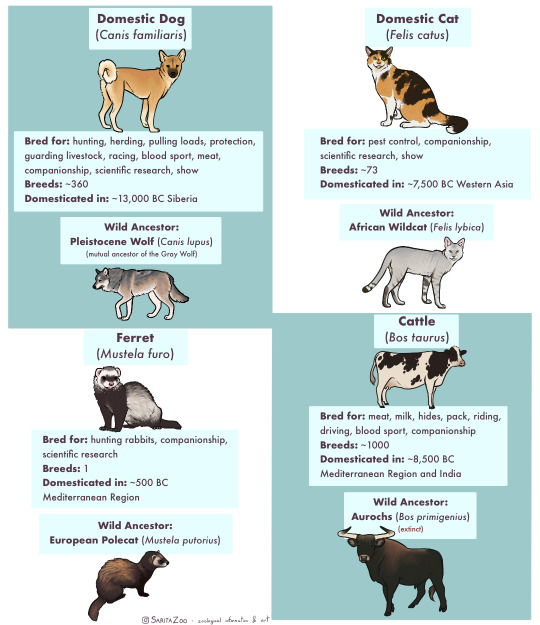


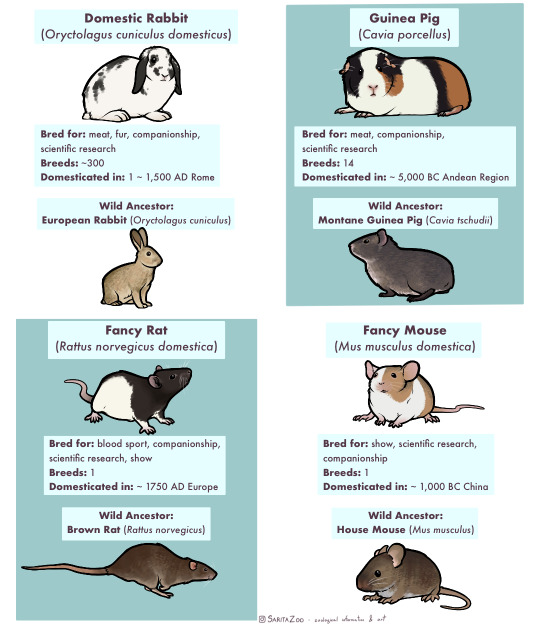
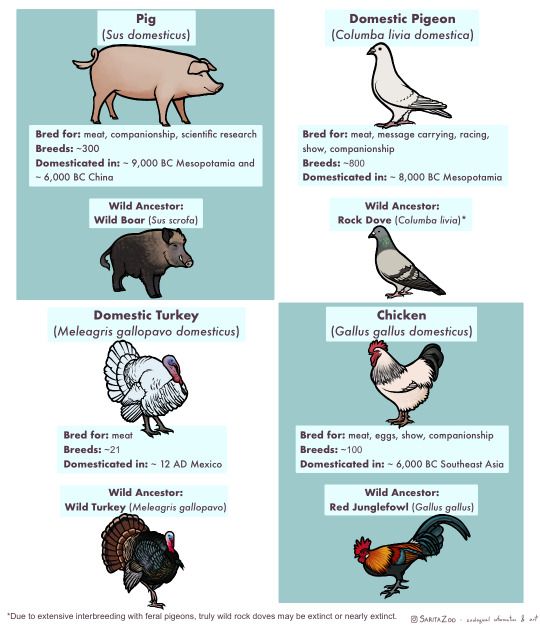
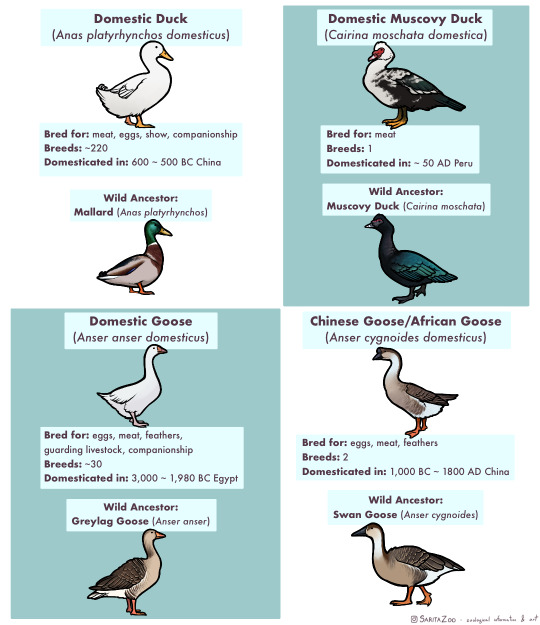
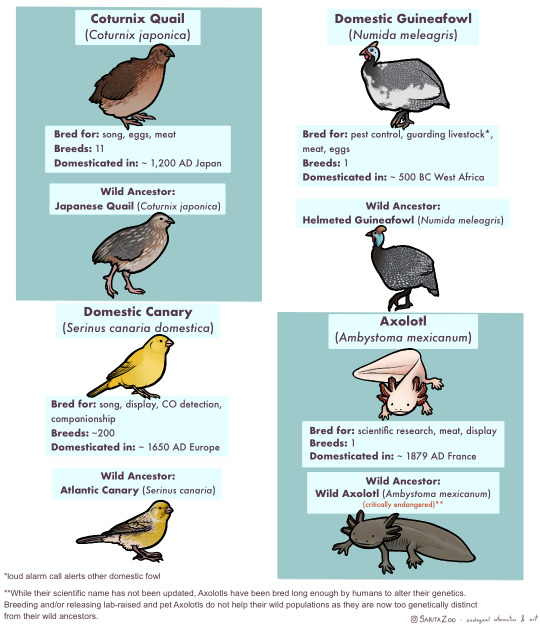


Phew. This one took, uh… a bit longer than expected due to other projects both irl and art-wise, but it’s finally here. The long-awaited domestic animal infographic! Unfortunately, I didn’t have enough space to cover every single domestic animal (I’m so sorry, reindeer and koi, my beloveds) but I tried to include as many of the “major ones” as possible.
I made this chart in response to a lot of the misunderstandings I hear concerning domestic animals, so I hope it’s helpful!
Further information I didn’t have any room to add or expand on:
🐈 “Breed” and “species” are not synonyms! Breeds are specific to domesticated animals. A Bengal Tiger is a species of tiger. A Siamese is a breed of domestic cat.
🐀 Different colors are also not what makes a breed. A breed is determined by having genetics that are unique to that breed. So a “bluenose pitbull” is not a different breed from a “rednose pitbull”, but an American Pitbull Terrier is a different breed from an American Bully! Animals that have been domesticated for longer tend to have more seperate breeds as these differing genetics have had time to develop.
🐕 It takes hundreds of generations for an animal to become domesticated. While the “domesticated fox experiment” had interesting results, there were not enough generations involved for the foxes to become truly domesticated and their differences from wild foxes were more due to epigenetics (heritable traits that do not change the DNA sequence but rather activate or deactivate parts of it; owed to the specific circumstances of its parents’ behavior and environment.)
🐎 Wild animals that are raised in human care are not domesticated, but they can be considered “tamed.” This means that they still have all their wild instincts, but are less inclined to attack or be frightened of humans. A wild animal that lives in the wild but near human settlements and is less afraid of humans is considered “habituated.” Tamed and habituated animals are not any less dangerous than wild animals, and should still be treated with the same respect. Foxes, otters, raccoons, servals, caracals, bush babies, opossums, owls, monkeys, alligators, and other wild animals can be tamed or habituated, but they have not undergone hundreds of generations of domestication, so they are not domesticated animals.
🐄 Also, as seen above, these animals have all been domesticated for a reason, be it food, transport, pest control, or otherwise, at a time when less practical options existed. There is no benefit to domesticating other species in the modern day, so if you’ve got a hankering for keeping a wild animal as a pet, instead try to find the domestic equivalent of that wild animal! There are several dog breeds that look and behave like wolves or foxes, pigeons and chickens can make great pet birds and have hundreds of colorful fancy breeds, rats can be just as intelligent and social as a small monkey (and less expensive and dangerous to boot,) and ferrets are pretty darn close to minks and otters! There’s no need to keep a wolf in a house when our ancestors have already spent 20,000+ years to make them house-compatible.
🐖 This was stated in the infographic, but I feel like I must again reiterate that domestic animals do not belong in the wild, and often become invasive when feral. Their genetics have been specifically altered in such a way that they depend on humans for optimal health. We are their habitat. This is why you only really see feral pigeons in cities, and feral cats around settlements. They are specifically adapted to live with humans, so they stay even when unwanted. However, this does not mean they should live in a way that doesn’t put their health and comfort as a top priority! If we are their world, it is our duty to make it as good as possible. Please research any pet you get before bringing them home!
#SaritaZoo#my art#domestic animals#domestication#pets#dogs#cats#ferrets#cows#sheep#goats#bovids#horses#donkeys#camels#llamas#alpacas#rabbits#guinea pigs#rats#pet rats#pet mice#pigs#pigeons#turkeys#chickens#ducks#geese#quail#i ran out of tags rip
31K notes
·
View notes
Text
SDCC 2023: Spider-Woman wages war against her greatest enemies this November
SDCC 2023: Spider-Woman wages war against her greatest enemies this November #comics #comicbooks #spiderwoman
This November, Jessica Drew has a new mission, and this time, it’s personal! Announced last month at San Diego Comic-Con, Spider-Woman is a new ongoing series that spins directly out of Gang War, the upcoming crossover that sees war erupt between New York City’s deadliest crime lords. Written by Steve Foxe and drawn by rising star Carola Borelli, Jessica Drew will strike out in a brand-new…

View On WordPress
#bengal#carola borelli#comic books#Comics#felipe massafera#leinil francis yu#marvel#san diego comic-con#sdcc#Spider-Woman#steve foxe
0 notes

